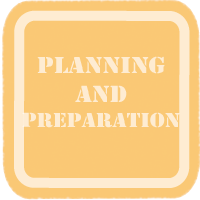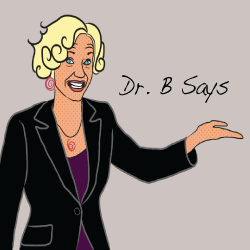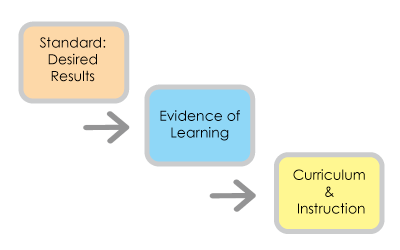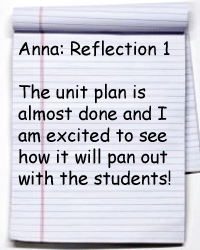 Unit Planning & Backwards Design
Unit Planning & Backwards Design
 Here, Anna has planned a unit and is excited about implementing it with her students. Unit planning can seem like a daunting task for beginning teachers but is an important part of the teaching and learning process. Many beginning teachers know that planning is important but may not fully understand why. In this section we will discuss the importance of planning, the different types of plans that can be used and how backwards design can be used to plan for language instruction. Here, Anna has planned a unit and is excited about implementing it with her students. Unit planning can seem like a daunting task for beginning teachers but is an important part of the teaching and learning process. Many beginning teachers know that planning is important but may not fully understand why. In this section we will discuss the importance of planning, the different types of plans that can be used and how backwards design can be used to plan for language instruction. |
|
Why plan?
A great deal of your effectiveness as a teacher has to do with your ability to design and implement instruction that promotes learning. In outcome based education an overwhelming amount of research suggests that learning is directly correlated to teacher planning and preparation. Why do you think this is so?
This is largely due to the fact that if your plan is ready, then one can focus on its implementation. This relates to cognitive capacity and cognitive load. While developing unit and lesson plans may seem like an onerous burden at first, doing so is important because:
- The process of planning forces you to reflect on what you want to accomplish in each unit and in each class and how best to do so.
- Planning helps you control how class time is used and, as a result of reflection, use that time as productively as possible.
-
Lesson and unit plans can be used, with revisions and adaptations, each time you teach the course, and they can be put in your teaching portfolio, to be used when you apply for teaching positions. http://www.usc.edu/programs/cet/private/pdfs/teaching_nuggets/lesson_planning.PDF
What types of unit plans are there?
· Theme based unit
· Literature based
· Games based
· Content based
· Field trip based
· Writing based
· Project based
What is backwards design?
In the backward design model, the teacher starts with the end, the desired results, and then derives the curriculum o as to meet the desired results (the evidence of learning called for by the expectations and the teaching needed to equip students to perform.) (Wiggins & McTighe, 1998)
 How do I plan a unit using backwards design?
How do I plan a unit using backwards design?
The backward design model is comprised of the following three stages:
I. Identify desired results
II. Determine acceptable evidence
III. Plan learning experiences and instruction
How can I plan backwards using B-SLIM?
 |
Watch the following series of videos to see beginning teachers learning to plan backwards using RAFTERS and B-SLIM. |
| Video 1: Creating a Sample Form (time 6:37) | Video 2: Developing Criteria and Creating an Assignment using RAFTERS (time 11:12) |
|
|
| Video 3: Creating a Task Analysis (time 4:17) | Video 4: Backwards Planning using B-SLIM (time 8:03) |
|

Understanding by Design, Wiggins & McTighe
http://iearn.org/civics/may2003workshop/Understanding%20by%20Design%20Teaching%20Ellen%20Meier%20CTSC.pdf
What is Backwards Design?, Wiggins & McTighe
http://www.flec.ednet.ns.ca/staff/What%20is%20Backward%20Design%20etc.pdf










